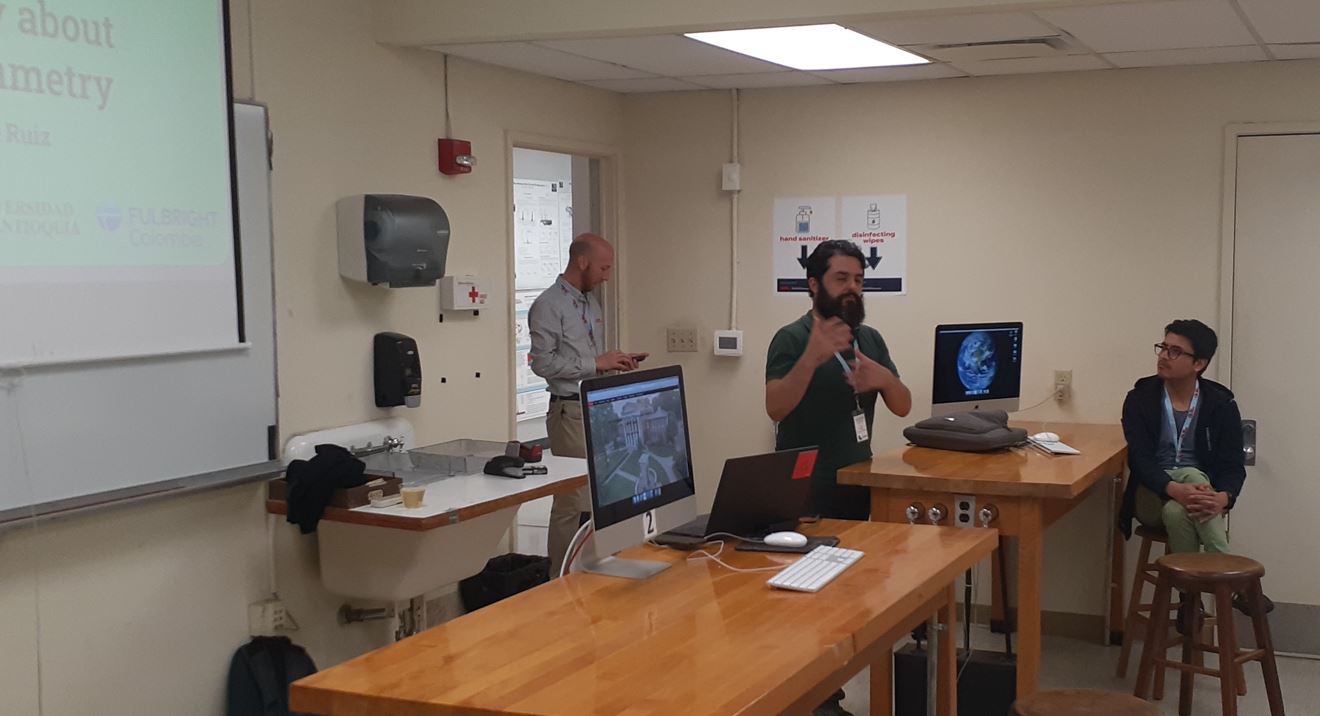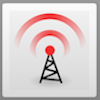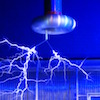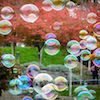Friday Flyer - December 16, 2022

Spotlight on 2022
The year that is now drawing to a close has been one of post-pandemic growth and excitement as so many of us were able to work together in-person once again. While late winter and spring featured travel restrictions, these began to lift by summer. Staff and fellows were able to visit more QuarkNet centers. Good thing: quite a few additional centers had meetings and workshops than in the past few years. In several cases, we were able to "flood the zone" with staff and fellows at a center so that less-experienced fellows were further trained in their specialty and workshop participants had plenty of help and attention. This was also the year of the 10th anniversary of the Higgs Boson discovery and QuarkNet centers celebrated with our new Higgs@10 workshop. Several centers did Neutrino Data Workshops featuring the NOvA measurement, which is set for trial runs in International Masterclasses. On the cosmic ray front, QuarkNet got into muography - remote surveying of structures by their patterns of cosmic ray muon absorption and transmittance. Our own Mark Adams is participating in a muographic study of the great Chichen Itza Pyramid in Mexico, including an initial baseline study with a QuarkNet CRMD. Our muography effort was also aided by Miki Ohtsuka, a visiting colleague and collaborator from Japan, whose students have made surveys of ancient burial mounds near Waseda Honjo Senior High School, where she teaches physics. Miki san was on hand to help at Notre Dame when teachers and students assembled 48 Cosmic Watch small cosmic ray detectors. They are now being tested by QuarkNet teachers. With autumn so came the Fellows Camp (see the December 9 edition of FF) and QuarkNet participation in the African School of Fundamental Physics and Applications in Gqeberha (Port Elizabeth), South Africa. It was a busy year and a year of progress for QuarkNet.

Universidad de Antioquia in Colombia, is giving an introductory talk on particle physics and Belle II.

News from QuarkNet Central
International Masterclasses: We have plenty of news this week.
Registration! IMC registration is now by email. To register, masterclass leaders should check the Fermilab videoconference schedule or one of the other schedules and pick a day and time that works for you. Then contact Ken, Spencer, or Shane with your choice.
Teachers! Please note that you will be eligible for a stipend for participating in a masterclass orientation of for bringing students to a masterclass on a non-school day. Orientations begin in at the end of January: please watch for them.
New offerings! There is now a Pierre Auger Observatory masterclass and they offer one videoconference at 15:00 CT on March 28 for the Americas. As you know, Pierre Auger is the massive cosmic ray observatory in the Argentine pampa. In addition, QuarkNet mentor Jake Bennet at Ole Miss is leading Belle II masterclasses for the Americas, again on one day. Details are forthcoming after the new year begins. Belle II is the in the electron collider at KEK in Japan used for B physics. Contact Ken to inquire about these opportunities.
Yet more news! Read the latest IMC circular, fresh off the press.
Data Activities Portfolio: Rolling with Rutherford and Shuffling the Particle Deck are now available in Spanish! Watch for more DAP activities to be translated moving forward.
Center Annual Reports: Mentors and lead teachers...If you have not yet submitted your annual report for this year, please do so ASAP. Here are instructions for submitting your report. If you have any questions, please let Ken or Shane know.

Physics Experiment Roundup
Let's start with the big story, which comes from plasma physics and Lawrence Livermore National Laboratory (LLNL): the announcement of the first-ever human-produced fusion reaction that releases more energy than it takes to sustain it at the National Ignition Facility (NIF). Read the account from LLNL and the news article from BBC. Learn even more and check out videos from this NIF site.
In particle physics news, Interactions has articles on how ALICE is determining how transparent our galaxy is to anntimatter and ATLAS data matches BNL theoretical predictions of how to create a fluid of strongly interacting particles. APS Physics gives us two takes on finding dark matter: a superconducting wire detector for light dark matter and how axions might produce excess optical background in space. (The predicted axion is a light dark matter candidate.)
The Deep Underground Neutrino Experiment (DUNE) announces the arrival of the first science components at the Sanford Underground Research Facility. At Fermilab, another neutrino detector is on the move.

Resources
The W boson has been causing a stir in the particle physics world lately. The New Scientist has a nice summary of what's up with the W. Going back in time, Marketplace reminds us of the solid-state revolution, enabling the digital revolution, that began with the development of the transistor. (H/T Marge Bardeen)
And what do we really like? Data, of course! How much data? More data! From CERN we learn that we'll get just that as CMS releases all of its Run 1 proton-proton data. According to Phys.org, LHCb is also making a major data release. Want more? Explore CERN Open Data.

Just for Fun
'Tis the season...for geeks to ruminate in our own special ways on Santa Claus, Kris Kringle, Father Frost, Rudolf's PI. How does the "jolly old elf" perform his amazing annual toy (and maybe coal) delivery feat? Here is one rather skeptical take from NewYorkScienceTeacher.com and a more sophisticated and hopeful analysis from Phys,org. The final (video) word goes to Daniel Hook in Digital Science. Balance of cheer and anti-cheer, or something, compels us to also cite Science Blogs discussing the strength of the Grinch.
The Friday Flyer will be on break with most everyone else until January 6. Until then, please accept our best wishes for joyful holidays and a safe and successful 2023.
QuarkNet Staff
Mark Adams: adams@fnal.gov
Ken Cecire: kcecire@nd.edu
Spencer Pasero: spasero@fnal.gov
Shane Wood: swood5@nd.edu
